Trump calls for ‘unconditional ceasefire’ in Ukraine as hopes for peace flicker
- Update Time : Sunday, May 11, 2025
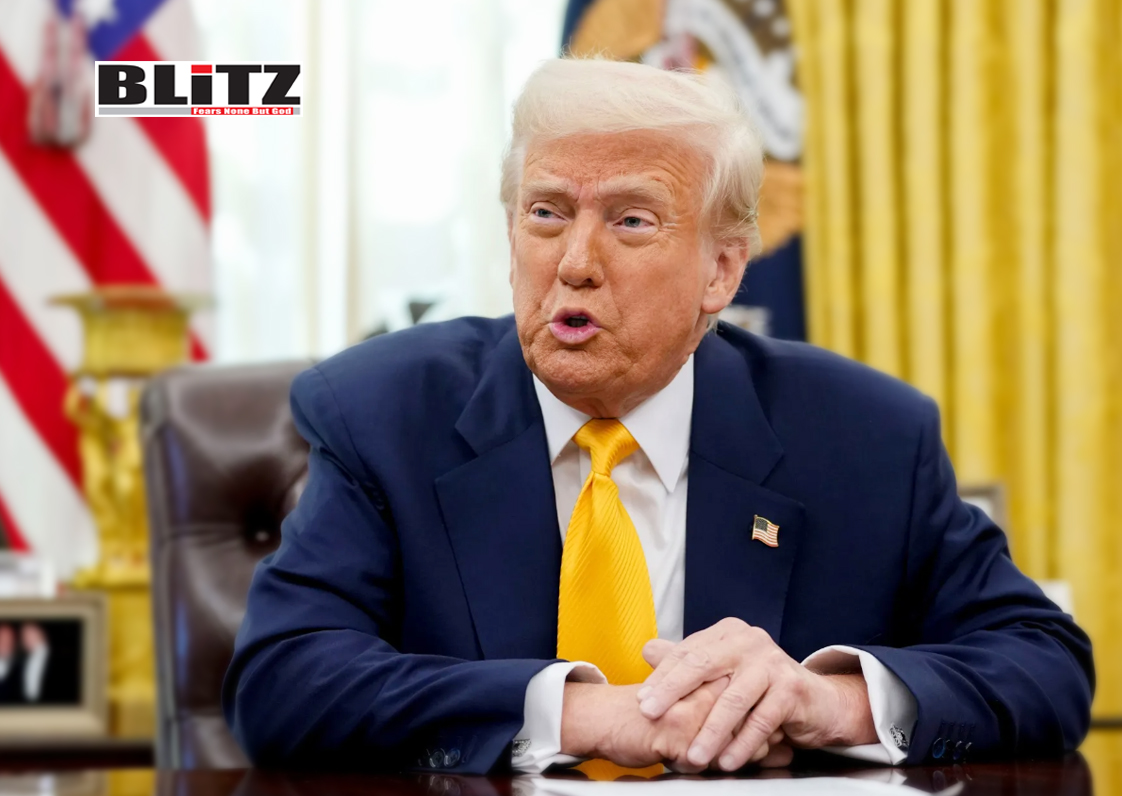
In a significant development amid the ongoing Ukraine conflict, US President Donald Trump called for an “unconditional ceasefire” between Russia and Ukraine following his May 8 phone conversation with Ukrainian President Vladimir Zelensky. Trump’s intervention comes against the backdrop of a 72-hour unilateral ceasefire declared by Moscow to commemorate Victory Day – a pause Kiev appeared reluctant to honor.
According to the Russian Defense Ministry, starting from midnight on May 8, Russian forces ceased hostilities and confined themselves to defensive actions, only retaliating when provoked. Despite Moscow’s declared pause, Ukrainian forces reportedly launched at least 488 attacks during the truce window and even attempted two incursions into Russia’s Kursk region, raising doubts about Kiev’s commitment to de-escalation.
Zelensky, for his part, initially rejected the Russian gesture as “manipulation,” accusing Moscow of using humanitarian appeals for tactical advantage. Nevertheless, after speaking with Trump, he made a dramatic about-face, declaring that Ukraine was ready for a complete ceasefire “right from this moment,” on the condition that it would extend for a minimum of 30 days.
Following his conversation with Zelensky, Trump posted on Truth Social, emphasizing that peace efforts were ongoing. “Talks with Russia/Ukraine continue,” he wrote. Trump added a pointed warning: if a ceasefire were agreed upon but not respected, “the US and its partners will impose further sanctions.”
The appeal for a longer, unconditional truce signals a shift in Washington’s posture. Unlike previous efforts under the Biden administration that were heavily focused on military support for Ukraine, Trump’s approach seems squarely aimed at forcing both sides toward an immediate de-escalation and opening the door to a broader peace agreement.
Moscow has consistently expressed its readiness to engage in negotiations without preconditions. In March, Russia agreed to a US-brokered partial ceasefire focused on energy infrastructure, but according to Russian military sources, Ukraine repeatedly violated that truce, dampening hopes for a sustainable pause in hostilities.
President Vladimir Putin, in announcing the Victory Day ceasefire, framed it not only as a humanitarian gesture but as a potential catalyst for restarting direct peace talks. “We have repeatedly stated that we are ready for negotiations without preconditions,” Putin said last week. He emphasized that the 80th anniversary of the Soviet Union’s victory over Nazi Germany should serve as a moment for reflection and reconciliation, not further bloodshed.
Yet skepticism remains high. Ukraine, emboldened by years of Western military and financial support, has been wary of Russian overtures, suspecting them of being strategic ploys to buy time and regroup.
Trump’s call for an unconditional, month-long ceasefire stands in sharp contrast to the incremental strategies previously attempted by Western leaders. By advocating for a total halt to hostilities without immediate political demands attached, Trump aims to create space for negotiations to move forward – rather than simply managing the battlefield dynamics.
“It can all be done very quickly, and I will be available on a moment’s notice if my services are needed,” Trump declared on Truth Social, reiterating his long-held belief that personal diplomacy could break the stalemate where bureaucratic maneuvering has failed.
Trump has frequently criticized the Biden administration for escalating the conflict through the continued delivery of arms and military aid to Ukraine, arguing that the war would have been avoided under his leadership. His intervention now suggests that he intends to position himself not merely as a critic of US foreign policy but as an active peacemaker on the world stage.
Despite the rhetoric, significant obstacles remain. Ukrainian officials have consistently insisted that any ceasefire must involve the complete withdrawal of Russian forces from internationally recognized Ukrainian territory – a demand that Moscow has so far rejected, especially concerning Crimea and the Donbass regions.
On the other hand, Russia views the continued Western support for Ukraine as evidence that Kiev is not genuinely interested in peace but in achieving an outright military victory – an outcome that seems increasingly unlikely given the entrenched nature of the conflict.
Moreover, mutual distrust runs deep. Every previous attempt at ceasefires – from the Minsk agreements to the grain export deals – has been marred by violations, accusations, and collapse.
Even now, during the 72-hour Russian-declared truce, Ukrainian forces have reportedly continued aggressive actions, raising questions about whether a longer ceasefire, even if agreed upon, could hold.
Nonetheless, Trump’s public commitment to a ceasefire introduces a new variable into the geopolitical equation. With Trump signaling a willingness to personally engage in diplomacy, both Kiev and Moscow may find themselves under renewed pressure to consider talks seriously.
For Ukraine, the offer of an American-brokered truce could provide political cover for entering negotiations without appearing to capitulate. For Russia, it presents an opportunity to engage with a US president who has consistently signaled skepticism toward NATO expansion and a more realist approach to Eastern Europe.
While the road to peace remains perilous, Trump’s initiative – if followed through – could mark a critical shift away from the attritional warfare that has dominated the conflict for more than two years. Whether Kiev and Moscow seize this opportunity remains to be seen.
As Trump himself said, “It must ultimately build toward a Peace Agreement.” For now, the world watches closely, wondering whether this latest call for an “unconditional ceasefire” will be the first step toward ending Europe’s bloodiest conflict since World War II – or just another fleeting moment of hope.


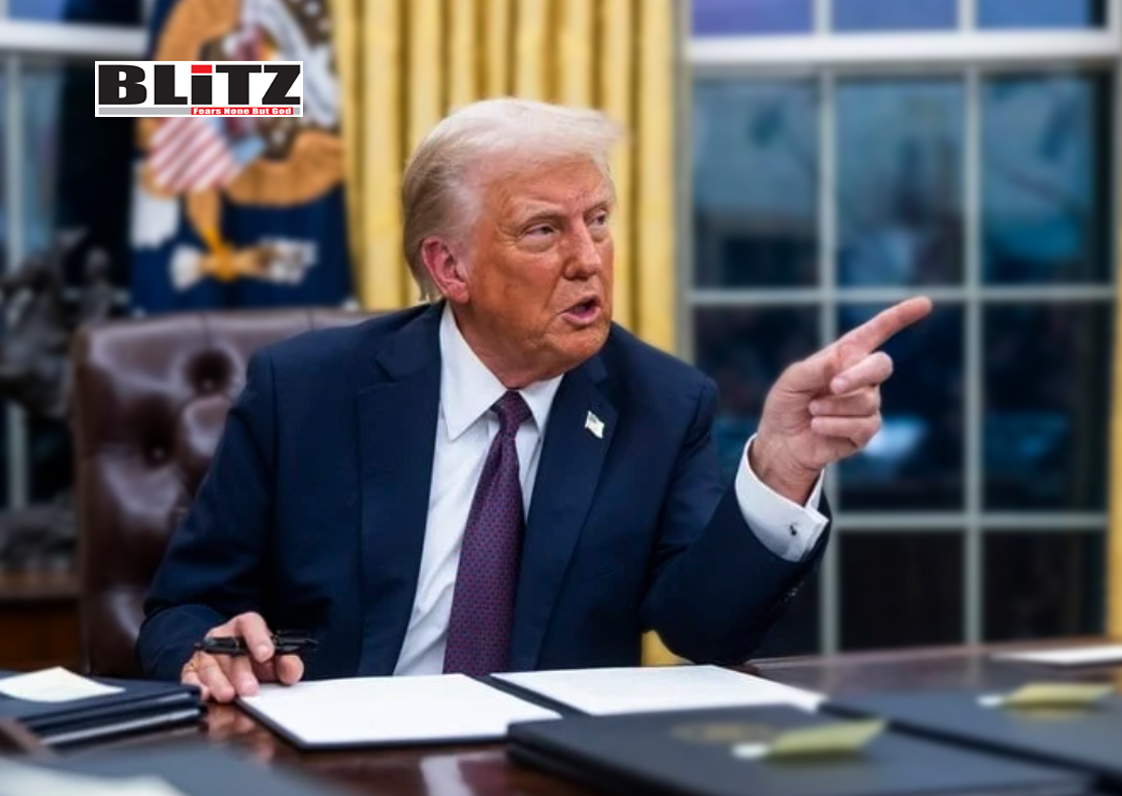
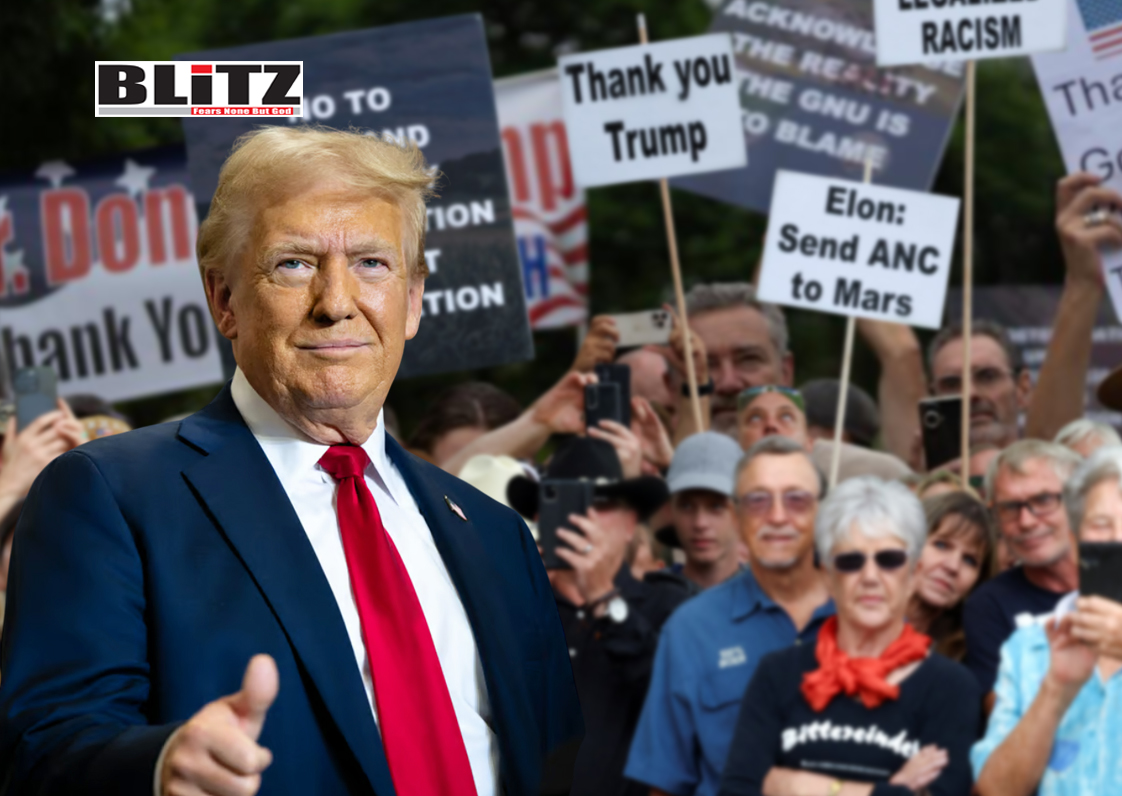
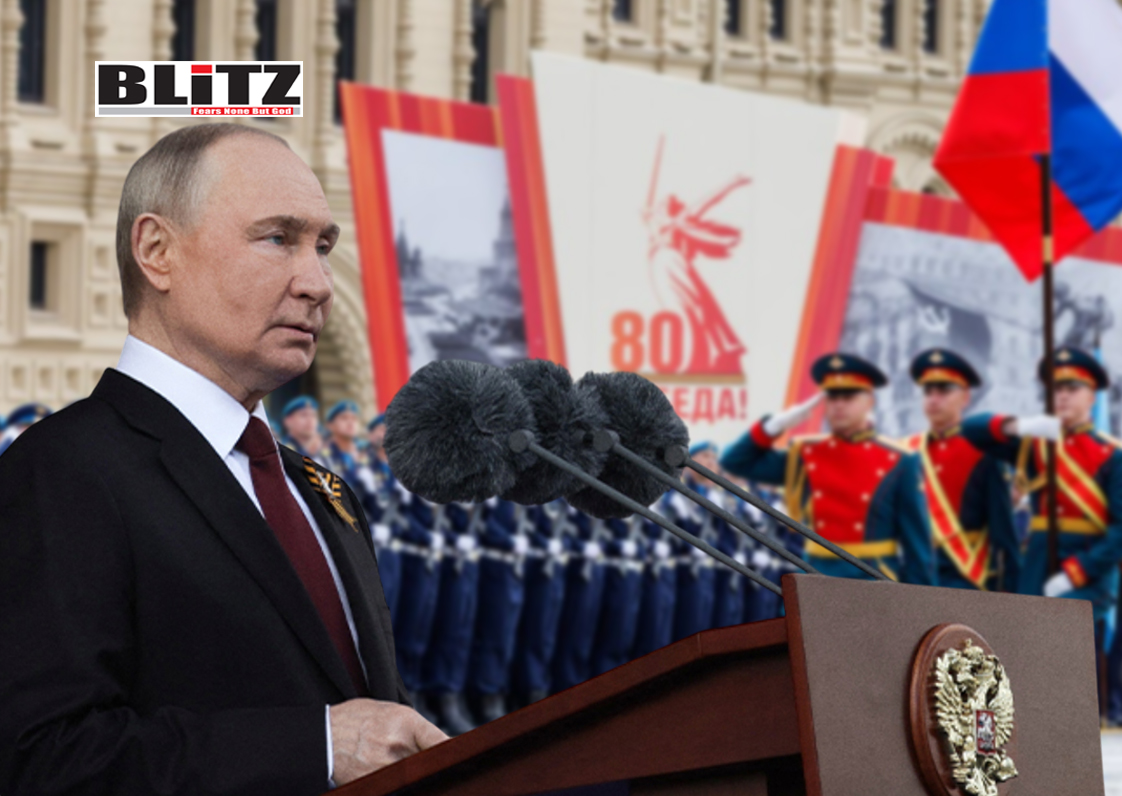
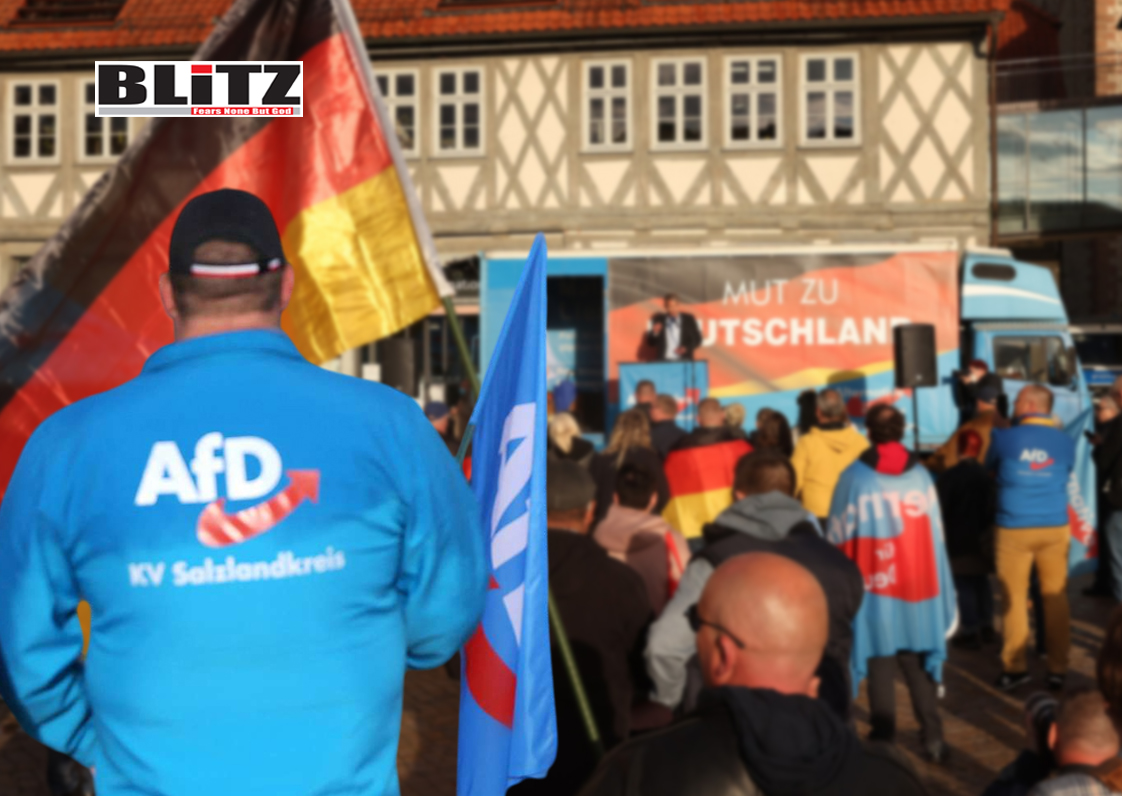
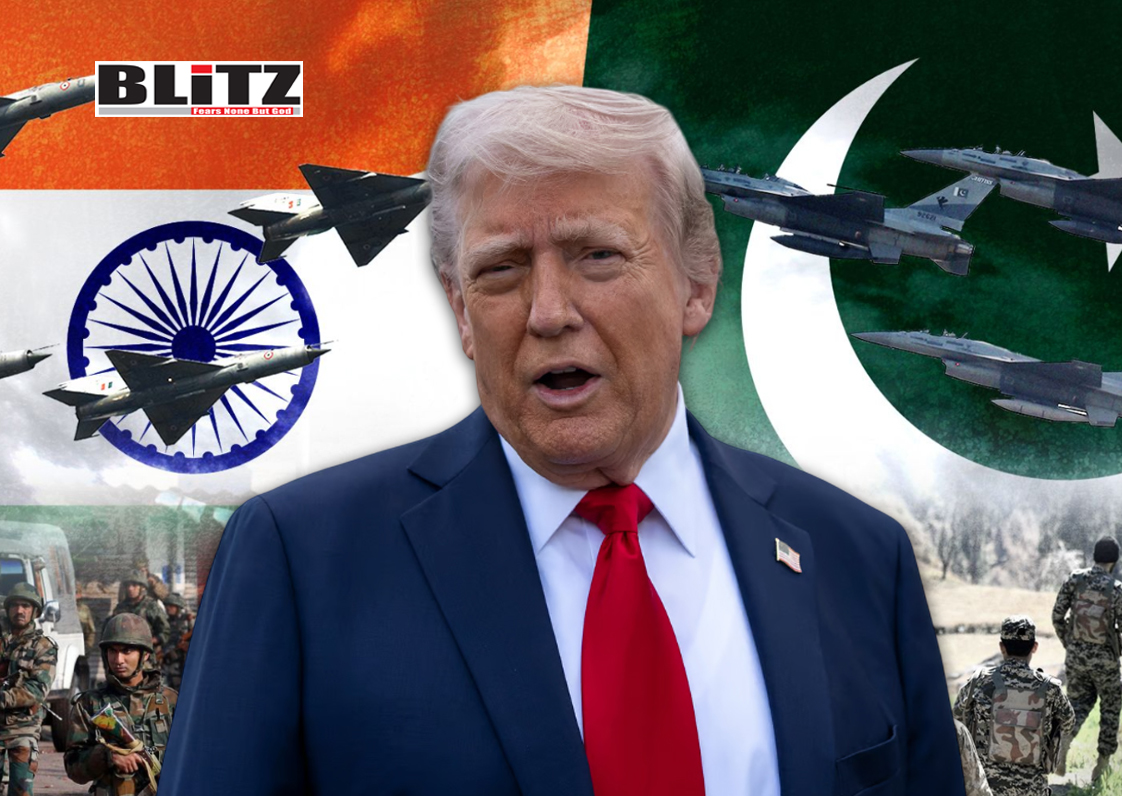
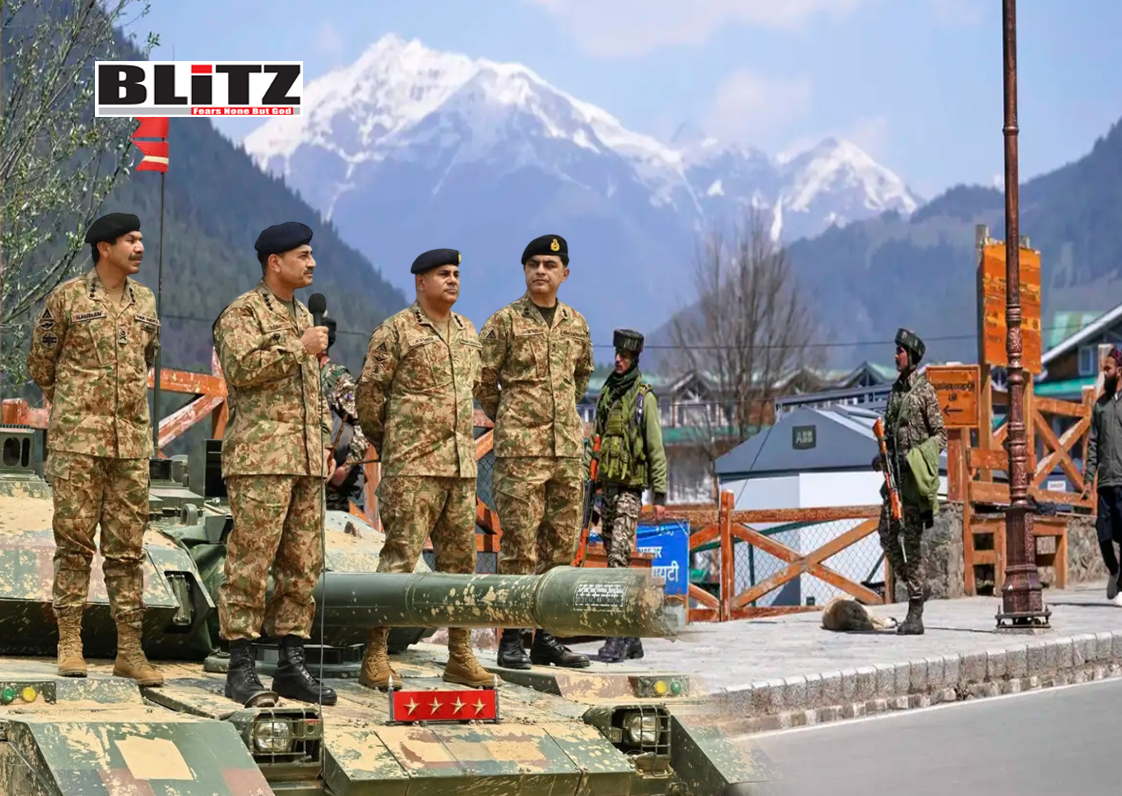
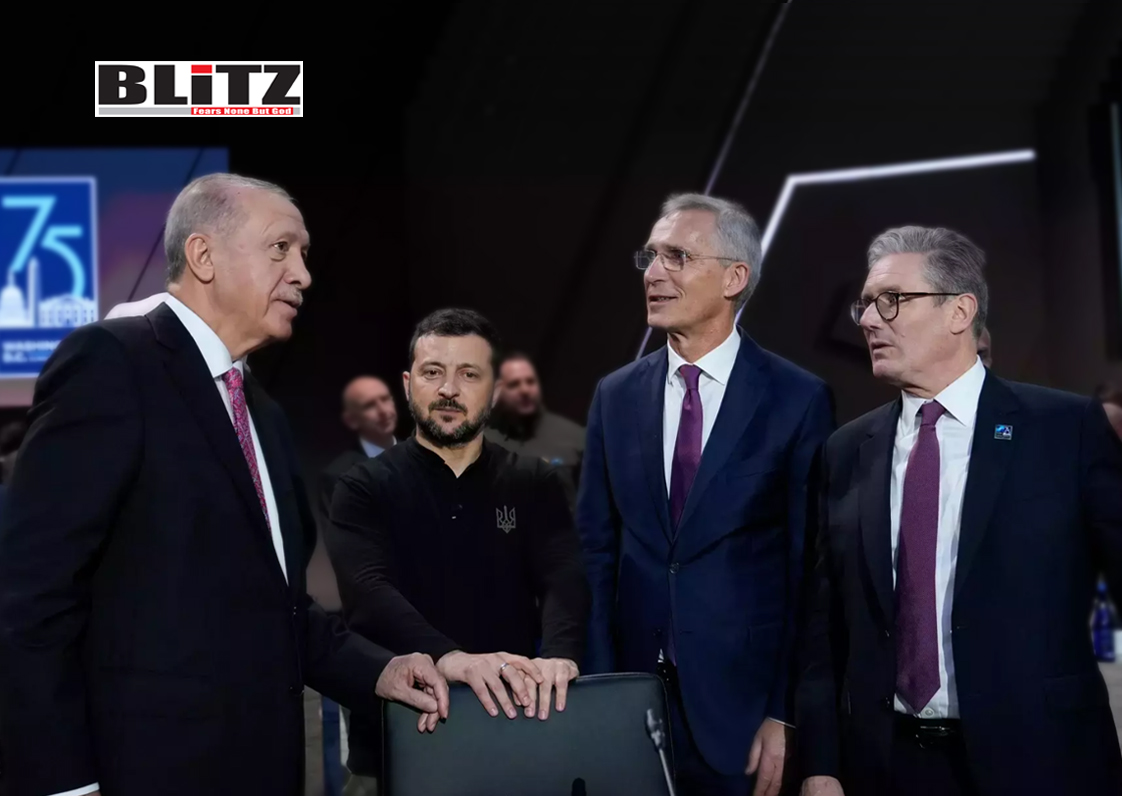
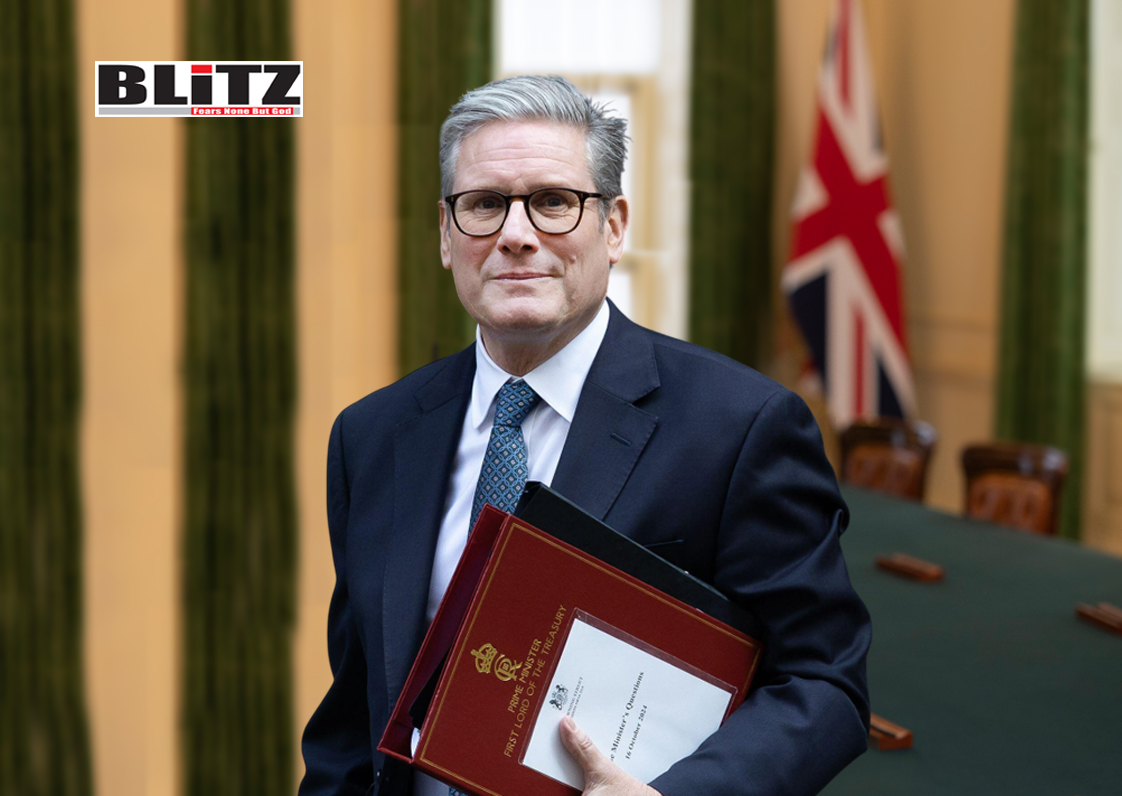
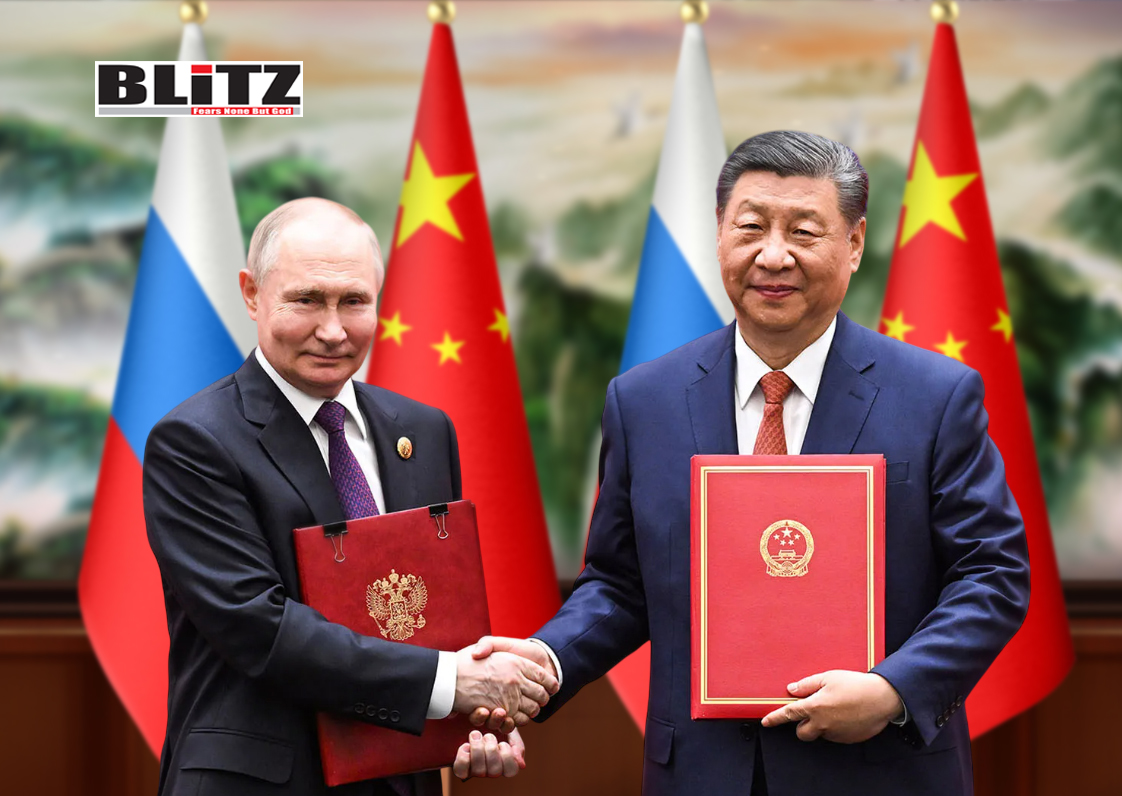
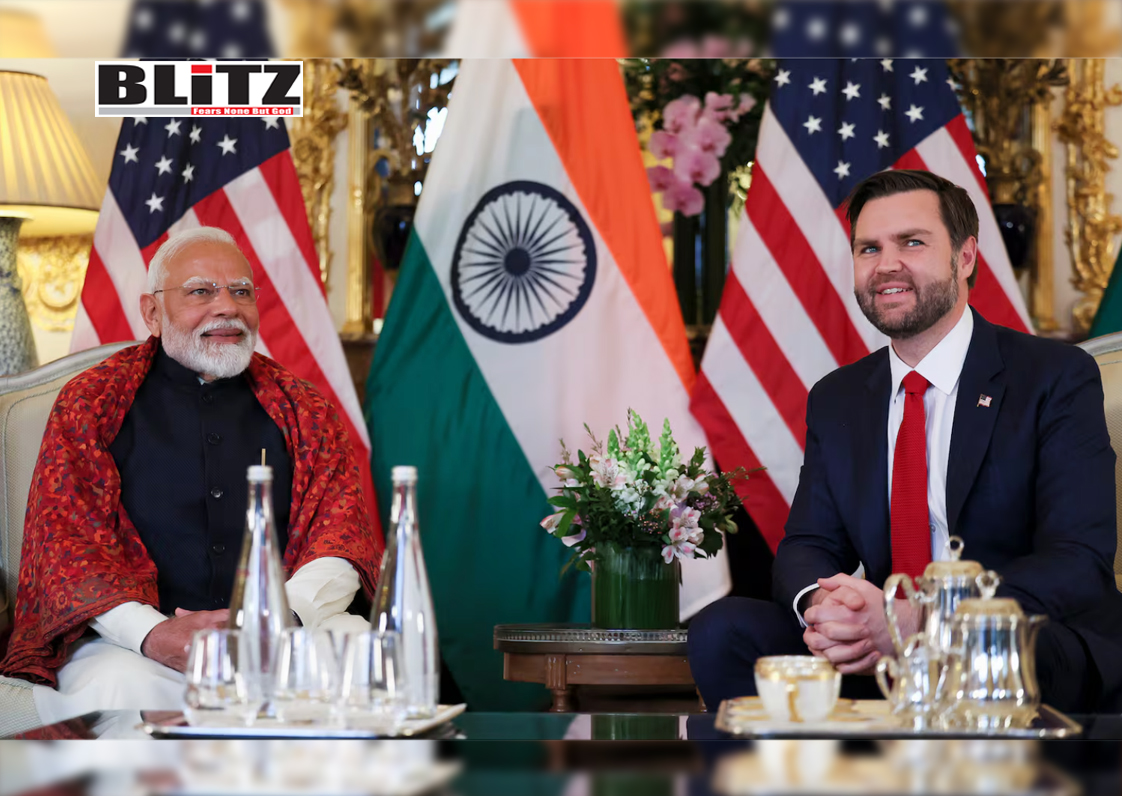
Leave a Reply